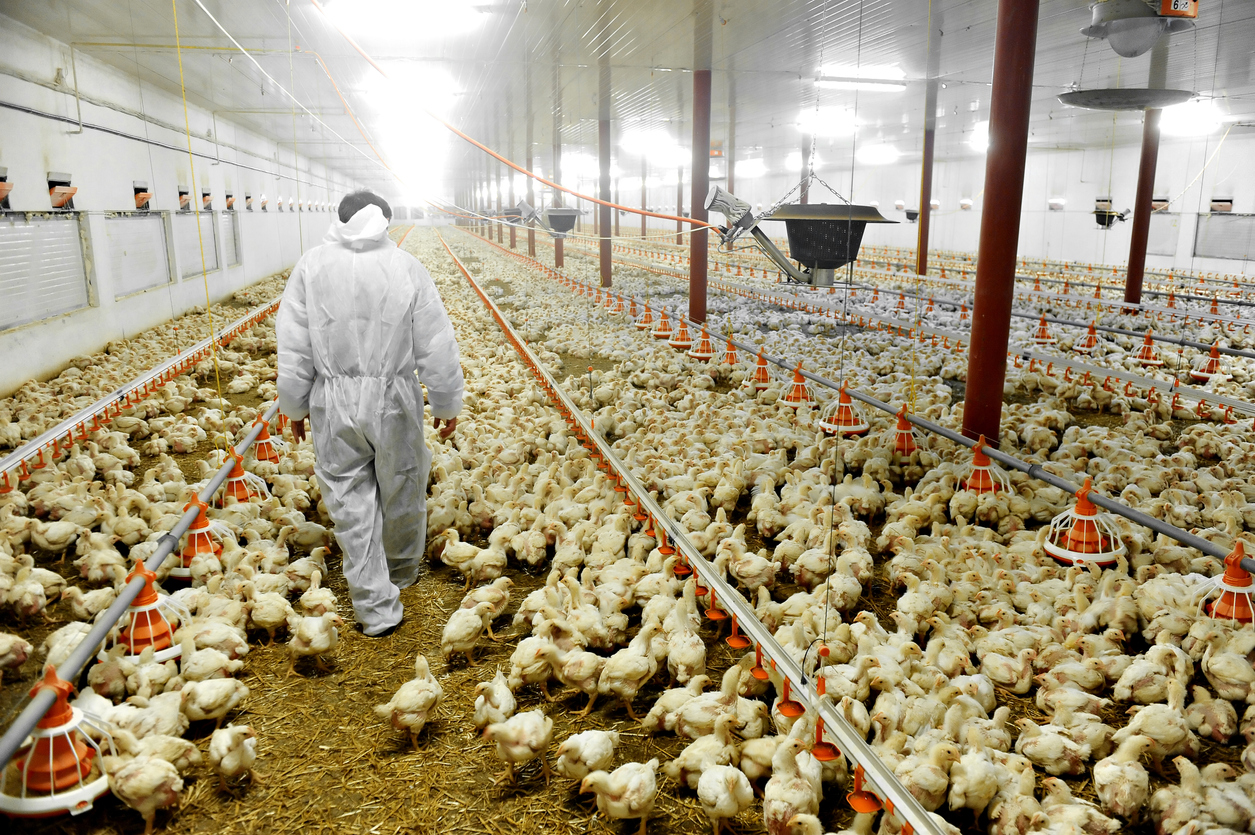
Avian influenza is caused by influenza Type A virus (influenza A). Avian-origin influenza viruses are broadly categorized based on a combination of two groups of proteins on the surface of the influenza A virus: hemagglutinin or “H” proteins, of which there are 16 (H1-H16), and neuraminidase or “N” proteins, of which there are 9 (N1-N9). Many different combinations of “H” and “N” proteins are possible. Each combination is considered a different subtype, and related viruses within a subtype may be referred to as a lineage. Avian influenza viruses are classified as either “low pathogenic” or “highly pathogenic” based on their genetic features and the severity of the disease they cause in poultry. Most viruses are of low pathogenicity, meaning that they causes no signs or only minor clinical signs of infection in poultry.
Read more...







